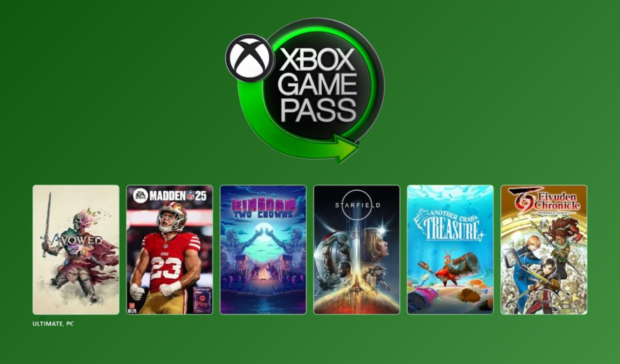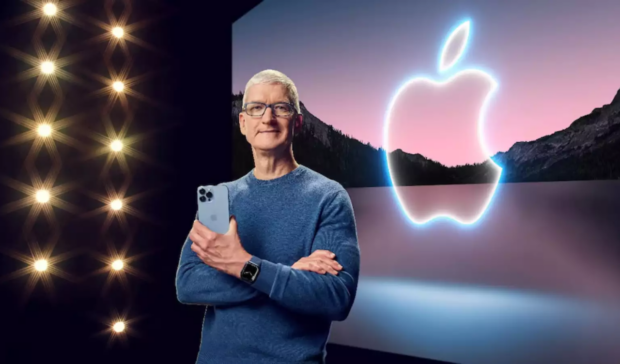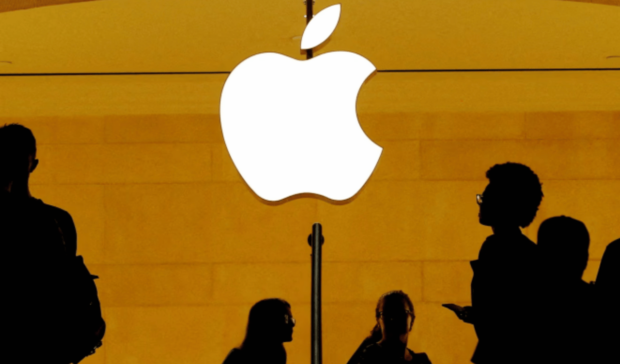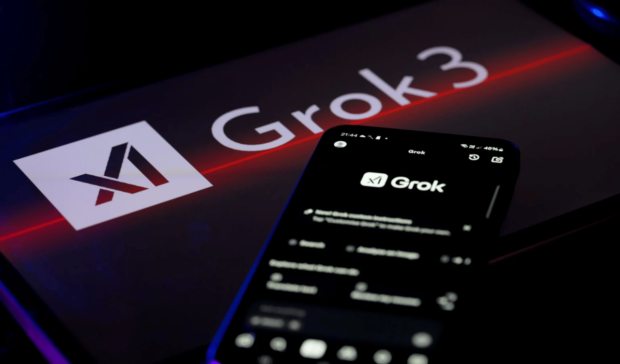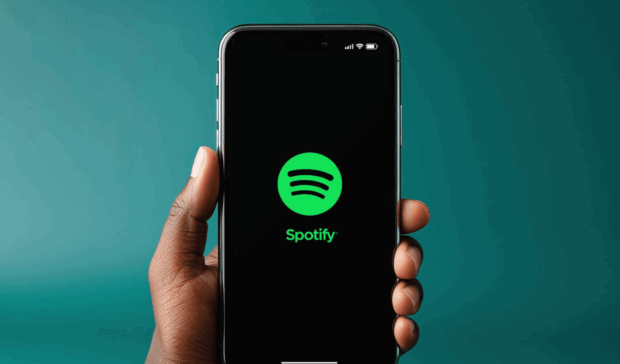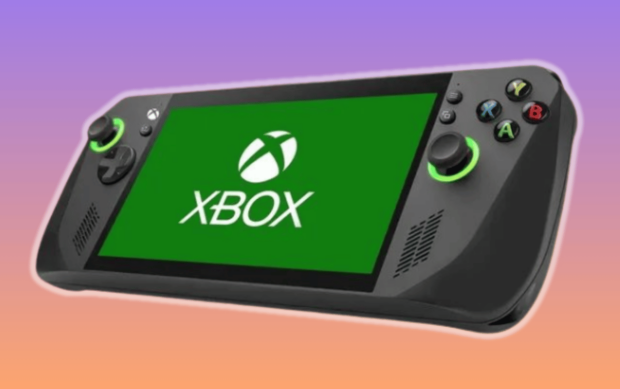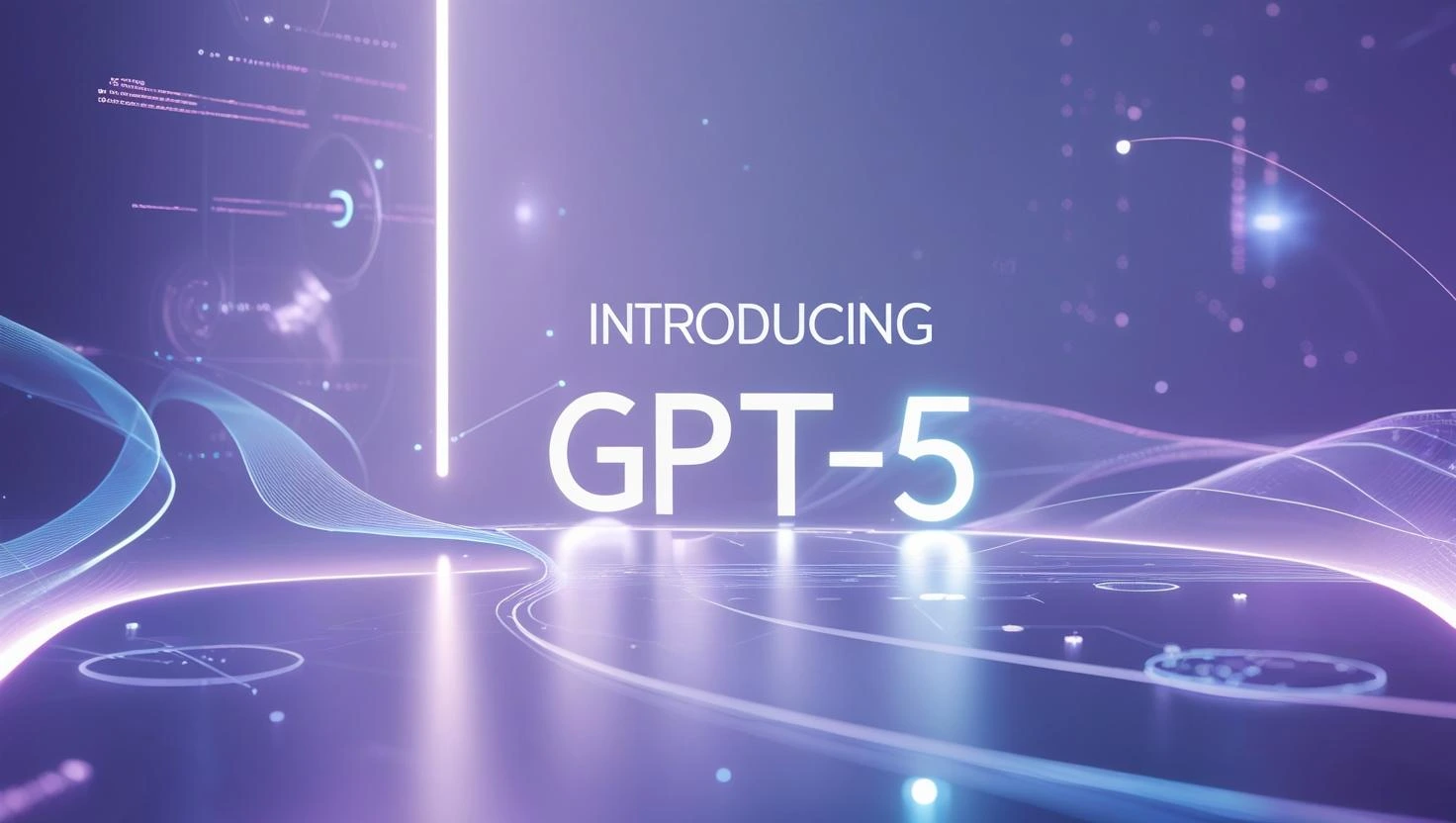
OpenAI has officially unveiled GPT-5, the latest flagship model powering ChatGPT. More than a leap in raw intelligence, GPT-5 is about making AI a reliable, everyday assistant — faster, more adaptive, and deeply personalizable.
After CEO Sam Altman’s “Death Star” teaser on X (formerly Twitter), the announcement confirmed what many suspected: OpenAI is betting that ease of use will determine the AI race’s winner, not just benchmark scores.
Why GPT-5 Matters Now
- Usability over hype
Instead of asking users to choose between a maze of model names, GPT-5 adapts its reasoning power to each request — from a quick definition to a deep technical analysis. - From models to a product
Over the last two years, OpenAI’s lineup grew messy (GPT-4 variants, o-series, experimental modes). GPT-5 consolidates those into one unified system.
Mass adoption
ChatGPT is now used weekly by hundreds of millions worldwide, with adoption inside Fortune 500 companies, universities, and even U.S. federal agencies — a scale that rivals any productivity tool in tech history.
What’s New in GPT-5
- Adaptive intelligence
GPT-5 chooses the right internal strategy for your task — no more manual selection between “fast” and “deep” modes. - Personalization
Built-in color themes and selectable “personalities” (e.g., cynic, listener, robot, nerd) let you set tone and style without prompt engineering. - Real-world integrations
Direct Gmail and Google Calendar access joins the expanded “Memories” feature, recalling relevant context across chats. Businesses can connect proprietary data for a private, domain-specific AI.
Free to try
ChatGPT remains free with usage caps on advanced features; paid tiers expand access and enterprise security controls.
Performance and Reality Check
OpenAI claims state-of-the-art performance in writing, coding, math, and science benchmarks. Independent early testing by AI research labs, including Stanford HAI, shows GPT-5 closing or surpassing gaps with rivals such as Anthropic Claude 3.5 and Google Gemini Ultra in creative writing and structured reasoning.
However, it’s not flawless. During launch week, some presentation charts were flagged for minor errors, highlighting the need for critical verification of AI outputs — a point OpenAI itself advises.
GPT-4 vs GPT-5: Side-by-Side
| Feature | GPT-4 | GPT-5 |
| Core focus | Peak capability per query; manual variant choice | One assistant, auto-adjusts reasoning |
| Usability | Strong but fragmented | Streamlined, minimal setup |
| Reasoning | Consistent, heavy-duty modes manual | Scales internally from quick to deep reasoning |
| Speed | Variable latency | Tuned for smoother, faster responses |
| Personalization | Prompt-based tone control | Built-in personalities & themes |
| Integrations | Plugins, limited connections | Native Gmail, Calendar, richer data hooks |
| Pricing | Plus/Enterprise for full | Free with caps, paid tiers expand |
| Model sprawl | Multiple overlapping variants | Consolidated under GPT-5 |
From AGI Dreams to Everyday AI
OpenAI’s strategic pivot is clear: before AGI, build an Artificial General Assistant. This means AI that’s available at your desk, on your phone, in your workflow — not just in lab demos. Partnerships with Bain & Company, Mattel, Moderna, Los Alamos National Laboratory, and Harvard University underscore a push into education, healthcare, research, and consumer products.
“The winner is the AI that feels best to use, not just the one that tops leaderboards.”
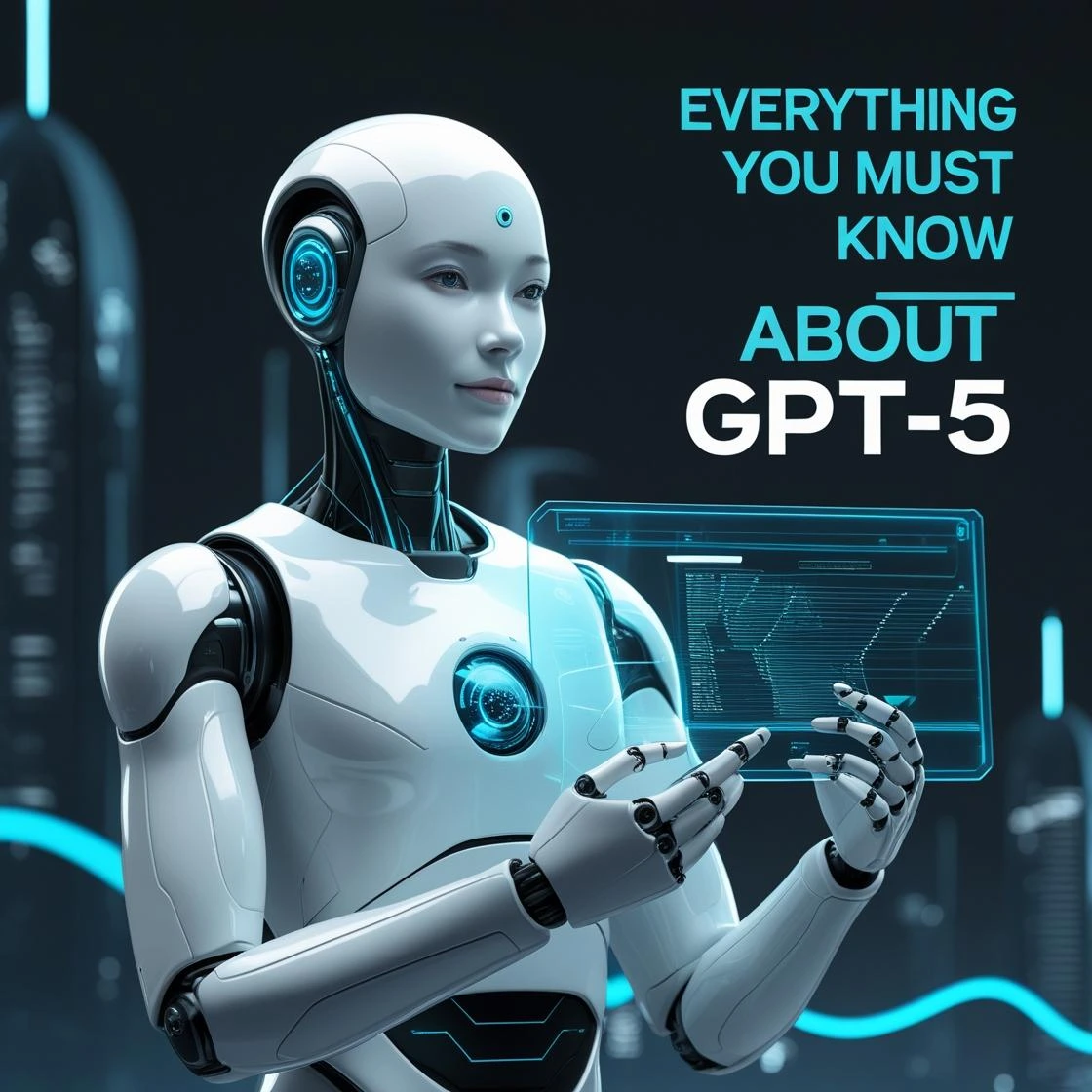
Expert Tip: How to Get the Best Out of GPT-5
“Treat GPT-5 like a colleague, not a vending machine,” says Dr. Elena Rodriguez, AI researcher at MIT CSAIL. “Give it context, constraints, and feedback — the adaptive reasoning shines when you work iteratively.”
FAQ: The new ChatGPT (GPT-5)
What is GPT-5?
GPT-5 is OpenAI’s latest flagship model powering the new ChatGPT experience. It adapts reasoning depth to each query and aims to unify prior model capabilities into one assistant.
Is the new ChatGPT free?
Yes. ChatGPT is available for free with usage limits on advanced features. Paid plans remove those caps and add extras.
What does “chatgpt updated” include?
Faster responses, adaptive reasoning, new personalities and themes, Gmail and Google Calendar access, and improved Memories to carry context between chats.
How is GPT-5 different from GPT-4?
GPT-5 emphasizes seamless usability, adaptive effort, deeper personalization, and broader integrations while improving performance in writing, coding, and reasoning.
Do I still need to choose models like GPT-4o or others?
GPT-5 is designed to remove most model selection by routing effort automatically. Older major models are being retired behind one interface.
Can businesses integrate their own data?
Yes. Organizations can connect internal data so ChatGPT becomes a customized company assistant with enterprise controls.
What about privacy and security?
Enterprise offerings provide admin controls and data governance features. Users should review plan settings and OpenAI’s policies for details.
Privacy and Security
OpenAI says enterprise offerings include admin controls, data governance tools, and SOC 2 compliance. User data for free and paid accounts is not shared with third parties without consent. Still, for critical tasks, sensitive information should be anonymized before sharing.
Final Takeaway
GPT-5 reframes the AI race: the winner isn’t the smartest model on paper — it’s the one you keep using. With speed, adaptive intelligence, and personalization, OpenAI is betting GPT-5 will be that assistant.
Sources & Further Reading:
- OpenAI Official GPT-5 Announcement
- Stanford HAI: Early GPT-5 Benchmark Analysis
- MIT CSAIL: Adaptive Reasoning in Large Language Models





